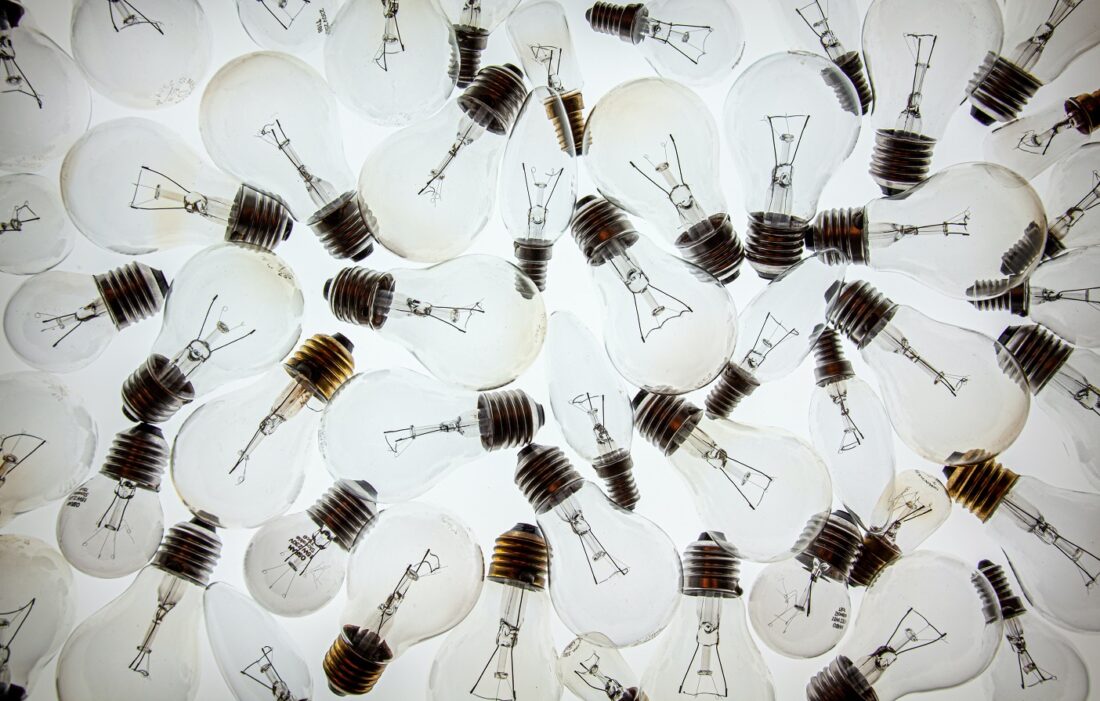Professor Alastair McEwan
Convenor, ACGR and Pro-Vice-Chancellor (Research Training), University of Queensland
Reflecting on changes to Research Training in Australia, Professor Alastair McEwan, Convenor of the Australian Council for Graduate Research, discusses why there’s no better time to invest in graduate researchers.
It’s a decade since the Economist published an article ‘Why doing a PhD is often a waste of time’. This drew attention to the increasing gap between the number of PhDs graduating in developed world countries, including Australia, and the number of continuing (tenured) academic positions available in Universities. It went on to observe that many PhD graduates may never make up for earning opportunities forgone during their graduate research studies. Knowing the ideology and outlook of this magazine these views should have come as no surprise and I remember thinking ‘well, they would say that wouldn’t they’. However, the article reflected a wider concern that all was not well in graduate research education and there was a need to reconsider its structure and purpose. In Australia the Group of Eight’s discussion paper ‘The Changing PhD’ (2013) represented an early attempt to capture the issues and it made the point that we need to know what we want:
‘Unless there is agreement on the purpose there is no way to determine whether the existing system is serving that purpose or needs changing. At a broad level PhD training is about building national capabilities, although building capabilities without providing a means of using them can seem short-sighted’.
The ‘Changing PhD’ paper foreshadowed the ACOLA Review of Australia’s Research Training System (2016) which addressed many of the questions raised regarding the future form of Australian graduate research education. The principle that underpinned the recommendations of the ACOLA Review was the recognition that HDR training is not just about preparing the next generation of academics but about developing researchers who can have an impact across ‘Industry’ in its broadest sense (business, government & government business enterprises, non-government-, not-for-profit-, and community- organisations) and contribute to national prosperity and well-being. Just to surprise the sceptics this review even had an Implementation Plan! and this has provided the framework for the many changes to the structure/form of graduate research education with the Australian Council of Graduate Research and partner organisations in the vanguard of change. Alongside the ACOLA Review the (Watt) Review of Research Block Grants tweaked the funding formulae for research training but most importantly it clearly stated that the objectives of the Commonwealth funding of HDR training is to:
- Deliver graduates with the skills required to build careers in academia and other sectors of the labour market
- Support collaboration between HEPs and industry and other research end-users
Thus, over the last five years the structure of Australian research training has been transformed, so it’s all sorted then isn’t it? No, actually; we need to remind ourselves of the comment in the ‘Changing PhD’ that ‘building capabilities without providing a means of using them can seem short-sighted’. In reality the simpler part has been achieved while the greater challenges lie ahead relate to academic and business culture and the understanding of the role of research and researchers in all sectors of national activity.
The positioning of research training within academia poses the first challenge; we often call graduate researchers HDR candidates in recognition of the fact that while research is their core activity and they can be considered developing early career researchers they are also students taking a degree, which aligns them within an educational purpose. Navigating this dual identity is not trivial, nor is it one of semantics since there are different perceptions about the role of HDR candidates within Australia’s research system. The current concerns about the impact of COVID-19 on research in Australia reveal that for many HDR candidates are still primarily seen as part of the ‘research workforce’. While this is understandable, given the entwinement of research and research training, we ought to be looking much more critically at the nature of the research that HDR candidates are undertaking with the aim of producing graduates who can build careers across all sectors of the labour market.
The degree to which HDR candidates should be undertaking applied projects linked to outcomes and deliverables for industry is a topic that needs to be considered much more carefully in relation to the broader considerations of university-government-industry interactions. We need to remember that as students HDR candidates are not subject to the Fair Work Act and their scholarships enjoy tax free status. This is because their primary activity is educational and not the provision of a service, although significant collateral benefits to industry can occur. Perhaps it’s time to consider a much bigger investment in postdoctoral researchers who have had the benefit of a quality graduate research education and who, post-PhD, are well-equipped through their research training to meet the challenges of delivering impact and driving innovation.
The changes to graduate research education that have occurred over the last five years lays the groundwork for transforming Australia’s research-industry nexus. Embedding the development of broader capabilities (transferable skills) and professional skills within PhD programs is becoming the norm across Australian universities and developing these capabilities by working with a wide variety of end-users (the ACOLA Industry definition) through internships and placements and industry sponsored research is also progressing. At the end of last year a Vice-Chancellor from a highly successful university told me that making better use of graduate researchers in all sectors of the economy would be one of the best ways to address productivity challenges within Australia. This is echoed in the recent in the Rapid Research Information Forum report to the National COVID-19 Co-ordination Commission which focused on the rationale for public and university sector R&D investment. The National COVID Coordination Commission is ‘designed to better coordinate the efforts occurring within and between the public and private sectors’. We should be aiming for much more than this and greatly increase public and private sector investment in our graduate and postdoctoral researchers to help drive the post-COVID recovery of Australia and its international partners. To achieve this we need to continue to raise Industry awareness of the value of graduate and postdoctoral researchers and promote their recruitment across a wide variety of end-users. This will provide the means of using the talent and capability as specified in ‘The Changing PhD’.
Photo by Wilhelm Gunkel on Unsplash


1 comment
Thanks Al. Industry linkages can certainly occur in many different guises. For some, it occurs where the HDR student undertakes a placement, or where the project is conducted on-site with an industry partner. So too, though, there are cases where the industry end-user and the HDR candidate are actually “one and the same”. Such candidates are from industry, take on applied projects that reflect their professional practice context, and typically return to industry afterward. The case for investment is thus a strong one – it asks industry to support capacity-building of their own staff.